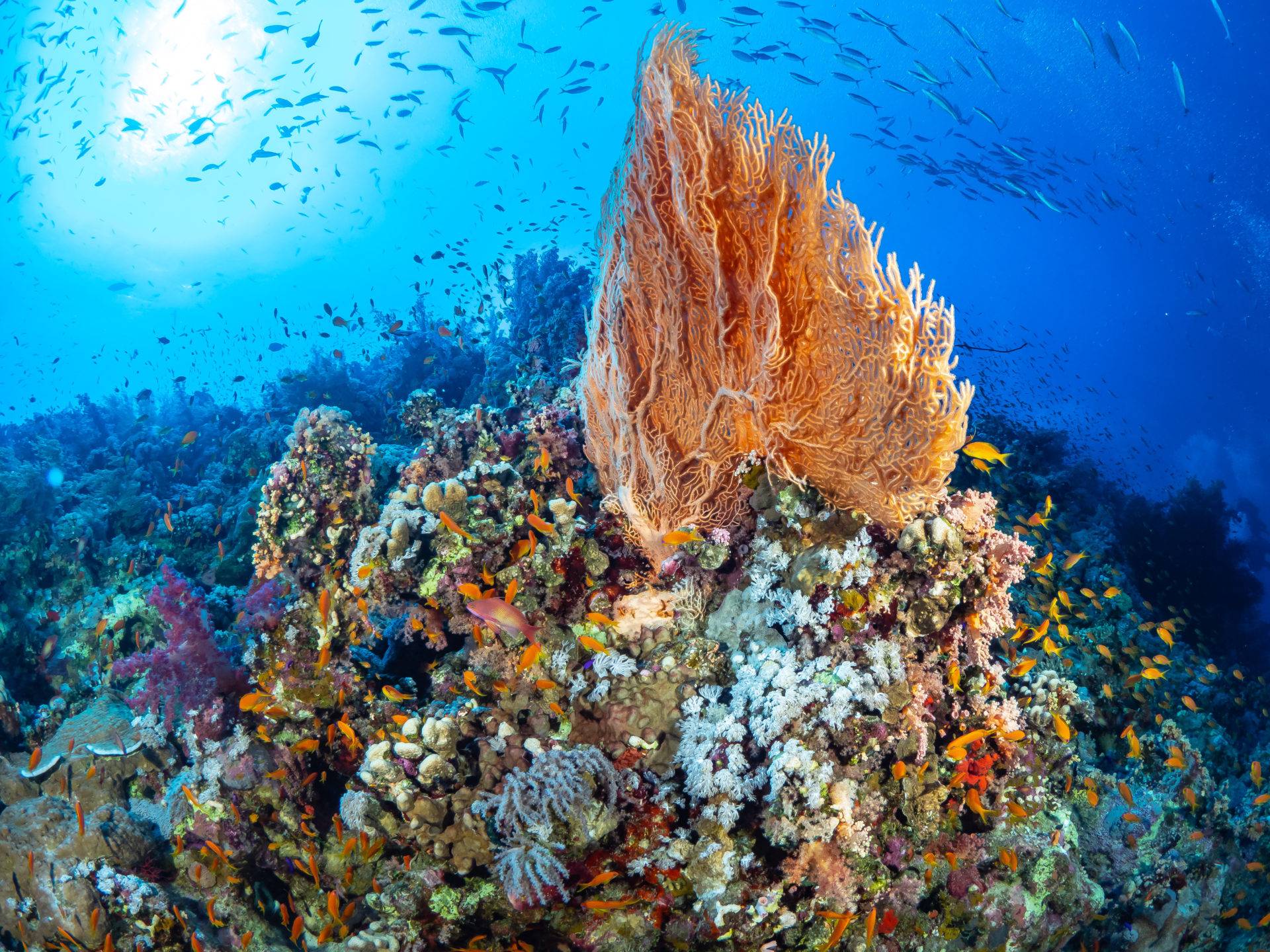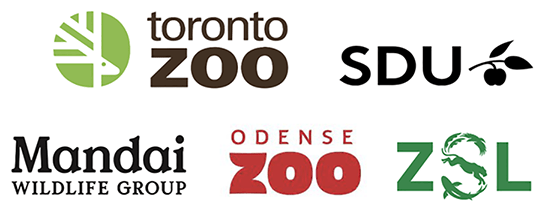The unprecedented threats to coral reef ecosystems from global climate change require an urgent response from the aquarium community, which is becoming an increasingly vital coral conservation resource. Unfortunately, many hermatypic corals — corals that deposit the hard material needed to build reefs — in aquaria are not identified to species level, which hinders assessment of their conservation significance.
In the recent publication “What’s left in the tank? Identification of non-ascribed aquariums’ coral collections with DNA barcodes as part of an integrated diagnostic approach,” published at Conservation Genetics Resources, the authors use DNA barcodes to identify aquarium specimens of the diverse reef-forming genus Acropora from 127 samples and highlight the potentially valuable role of corals in aquariums in conservation efforts.
“Our study provides not only a new methodology to help identify corals, but also shows the enormous conservation potential and scientific value possibly residing in aquariums collections. Within the thousands aquariums that dedicate hours to record the species under their care in the Zoological Information Management systems (ZIMS) approximately 42.9% of corals of the orders Scleractinia, Alcyonacea, Helioporacea, Antipatharia, Corallimorpharia, Pennatulacea, and Zoanthidea in aquaria are identified to genus or higher taxonomic level. We hope that our methods will support in the effort towards better identification of all the species in aquarium collections” said Luigi Colin, Zoological Society of London (ZSL), and first author of the paper.
ZIMS enables aquarium members of Species360 to share standardized records among nearly 1300 organizations globally. The resulting information is of tremendous value for corals identification and will also help to advance the identification of species distribution in the wild.

Among the study’s authors is Species360 Director of Science, Prof. Dalia Conde, head of the Species360 Conservation Science Alliance, which aims to harness the value of ZIMS for the advancement of science and species conservation.
“Given the extinction crises, zoos and aquariums have an important role to play in sustaining corals used to repopulate reefs and to advance our understanding of these species. But we need good information to better manage corals being raised around the world. ZIMS has never been more important since it contains standardized global records of hundreds of corals across hundreds of aquariums worldwide that can help drive scientific discoveries to save species from extinction,” said Conde.
With this study, the authors deliver a standardized and easily repeatable methodology to increase the capacity of aquaria and other facilities to assess non-ascribed species. The study emphasizes the value of integrating this approach with morphological identification that optimizes usage of authoritative identification guides and expert opinion.
The authors of the paper identified 44 percent of the analyzed samples to species name and provided provisional identification for 80 percent of them (101/127) in the form of a list of species names with associated confidence values.
Traditionally, the identification of coral has relied on morphological skeletal features, with the great majority of taxa originally described following typological species concepts defined around a century ago. Notwithstanding the taxonomic difficulties, the identification of coral species can be challenging even in optimal ‘wild’ conditions. However, identification is not only required for well-documented field collections but is also key for aquaria collections, which in some cases are held in conditions dramatically different from the wild. Furthermore, customs officials rely on proper taxonomic identification even at the genera level for taxa threatened by the international wildlife trade.
Read the full article here.








